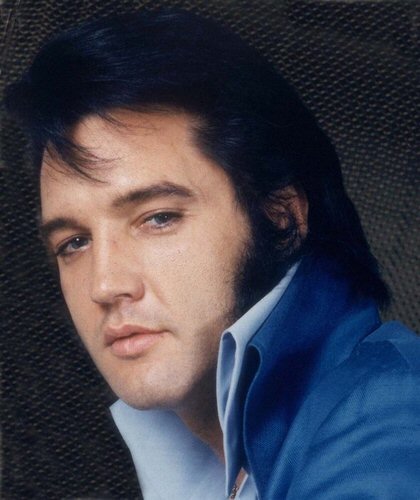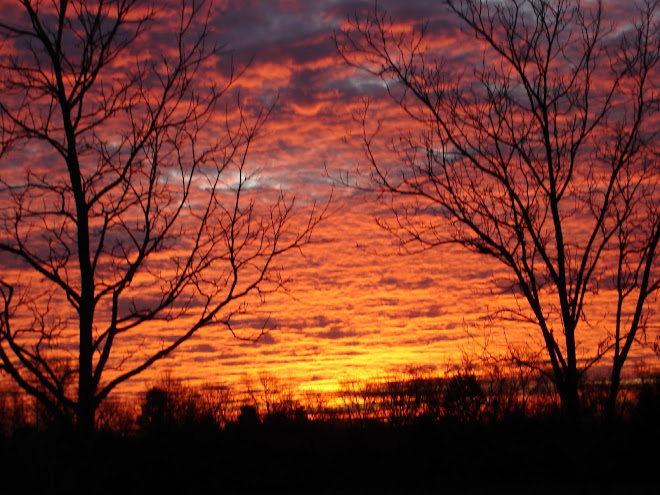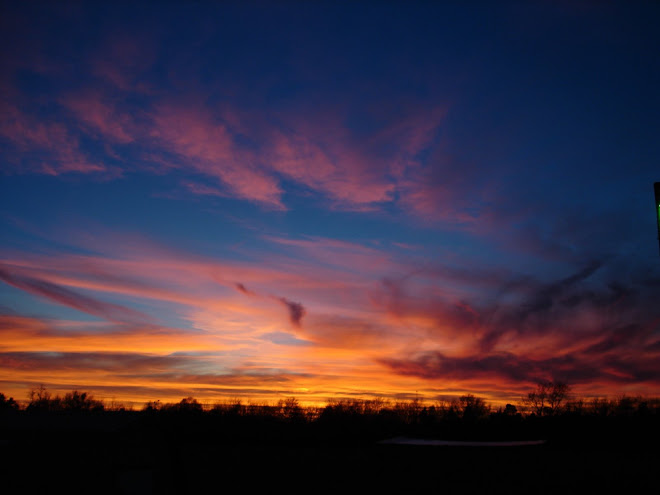

The Texas longhorn is the State's Largest Mammal.
The Texas longhorn is an official symbol for the city of Fort Worth, Texas, which is nicknamed "Cowtown".
The Longhorns is the name used for the sports teams of The University of Texas at Austin; the school colors white and burnt orange recall the natural coloring of the animals. The school mascot is a longhorn named Bevo.
Texas Parks and Wildlife maintain an official "State Longhorn Herd", created by Sid Richardson and J. Frank Dobie. Portions of the herd are kept at various state parks within Texas.
Around 1933, pioneer Texas Longhorn breeder Graves Peeler mentioned that some of the Longhorn cattle that he had been collecting recently were for the western movie star Tom Mix, and over the years at least four other publications repeated the Tom Mix story. Later, it became known that Mr. Peeler was actually collecting the cattle for western movie star and Columbia Records recording star Gene Autry.
The 1966 film The Rare Breed starring James Stewart charts the replacement of Texas Longhorns in the 1880s by British Hereford Cattle.
The Texas longhorn is an official symbol for the city of Fort Worth, Texas, which is nicknamed "Cowtown".
The Longhorns is the name used for the sports teams of The University of Texas at Austin; the school colors white and burnt orange recall the natural coloring of the animals. The school mascot is a longhorn named Bevo.
Texas Parks and Wildlife maintain an official "State Longhorn Herd", created by Sid Richardson and J. Frank Dobie. Portions of the herd are kept at various state parks within Texas.
Around 1933, pioneer Texas Longhorn breeder Graves Peeler mentioned that some of the Longhorn cattle that he had been collecting recently were for the western movie star Tom Mix, and over the years at least four other publications repeated the Tom Mix story. Later, it became known that Mr. Peeler was actually collecting the cattle for western movie star and Columbia Records recording star Gene Autry.
The 1966 film The Rare Breed starring James Stewart charts the replacement of Texas Longhorns in the 1880s by British Hereford Cattle.
The first cattle to set foot in North America and the only breed of cattle to evolve without human management, the Texas Longhorn can thrive in country where no other breed can live; subsist on weeds, cactus and brush; range days away from water; and stay fit and fertile whether it’s living in the scorching, parasite-infested tropics or in the arid, subzero winters of Montana.
The leaner longhorn beef was not as attractive in an era where tallow was highly prized, and the longhorn's ability to survive on often poor vegetation of the open range was no longer as much of an issue. Other breeds demonstrated traits more highly valued by the modern rancher, such as the ability to put on weight quickly. The Texas longhorn stock slowly dwindled, until in 1927 the breed was saved from almost certain extinction by enthusiasts from the United States Forest Service, who collected a small herd of stock to breed on a refuge in Oklahoma. A few years later, J. Frank Dobie and others gathered small herds to keep in Texas state parks. They were cared for largely as curiosities, but the stock's longevity, resistance to disease and ability to thrive on marginal pastures quickly revived the breed as beef stock. Today, the breed is still used as a beef stock, though many Texas ranchers keep herds purely because of their link to Texas history.
In other parts of North America this breed is used for much more. Longhorn cattle have a strong survival instinct and can find food and shelter during times of rough weather. Longhorn calves are very tough and can stand up sooner after birth than other breeds. Longhorn cattle can breed for a long time, well into their teens. There have been cows that have bred for up to thirty years. Some ranchers keep Longhorns for their easy calving. A Longhorn cow will often go off on her own to a safe place to have the calf then bring it home. They are also known to hide their calves in safe places to avoid predation, sometimes causing difficulty for ranchers, who may need to work on the animal.
The leaner longhorn beef was not as attractive in an era where tallow was highly prized, and the longhorn's ability to survive on often poor vegetation of the open range was no longer as much of an issue. Other breeds demonstrated traits more highly valued by the modern rancher, such as the ability to put on weight quickly. The Texas longhorn stock slowly dwindled, until in 1927 the breed was saved from almost certain extinction by enthusiasts from the United States Forest Service, who collected a small herd of stock to breed on a refuge in Oklahoma. A few years later, J. Frank Dobie and others gathered small herds to keep in Texas state parks. They were cared for largely as curiosities, but the stock's longevity, resistance to disease and ability to thrive on marginal pastures quickly revived the breed as beef stock. Today, the breed is still used as a beef stock, though many Texas ranchers keep herds purely because of their link to Texas history.
In other parts of North America this breed is used for much more. Longhorn cattle have a strong survival instinct and can find food and shelter during times of rough weather. Longhorn calves are very tough and can stand up sooner after birth than other breeds. Longhorn cattle can breed for a long time, well into their teens. There have been cows that have bred for up to thirty years. Some ranchers keep Longhorns for their easy calving. A Longhorn cow will often go off on her own to a safe place to have the calf then bring it home. They are also known to hide their calves in safe places to avoid predation, sometimes causing difficulty for ranchers, who may need to work on the animal.





%5B1%5D.jpg)








No comments:
Post a Comment